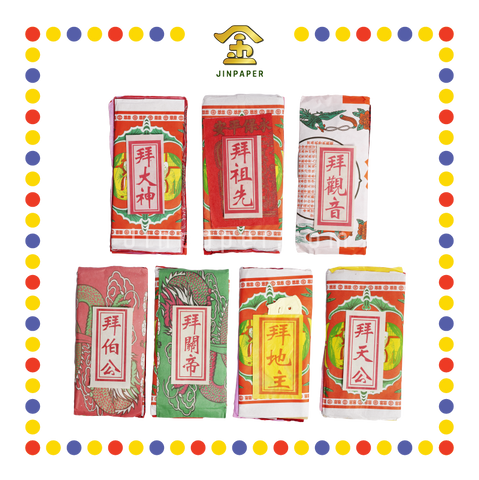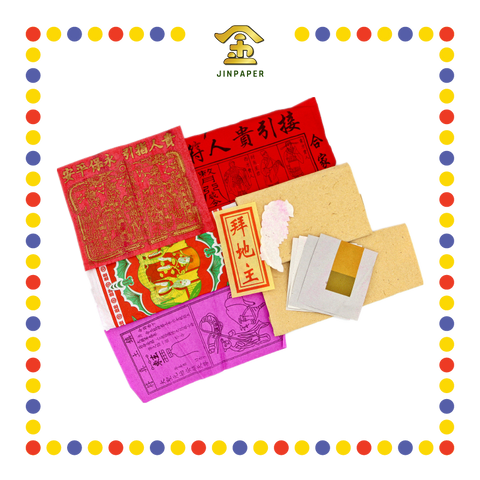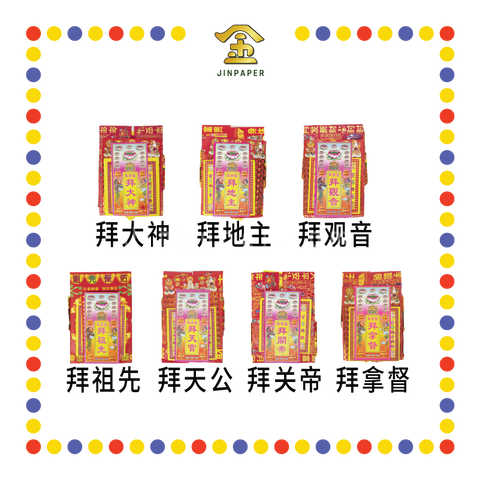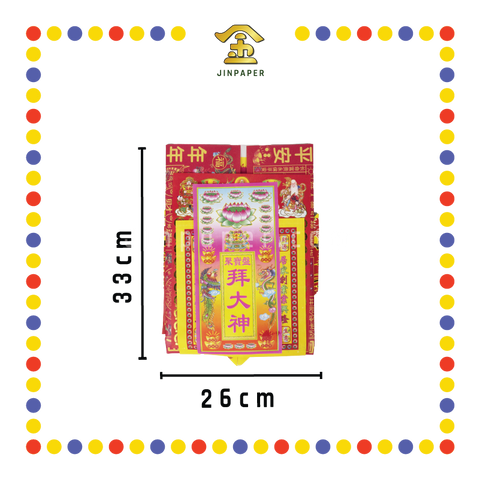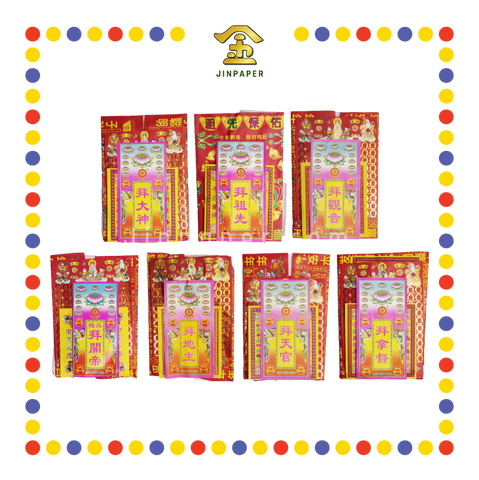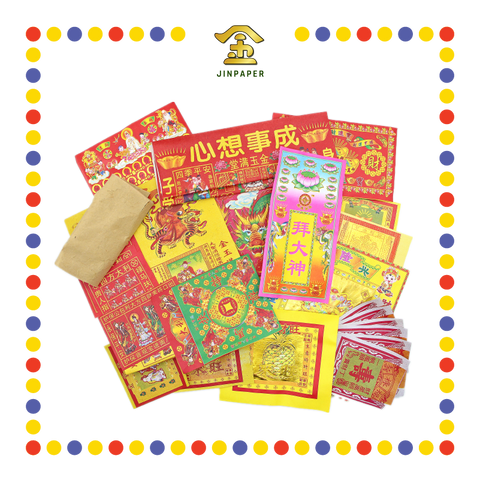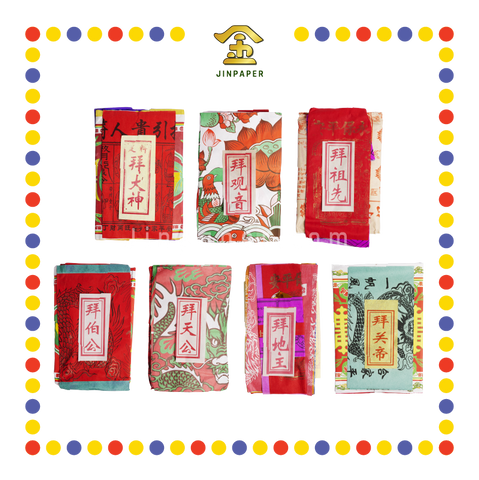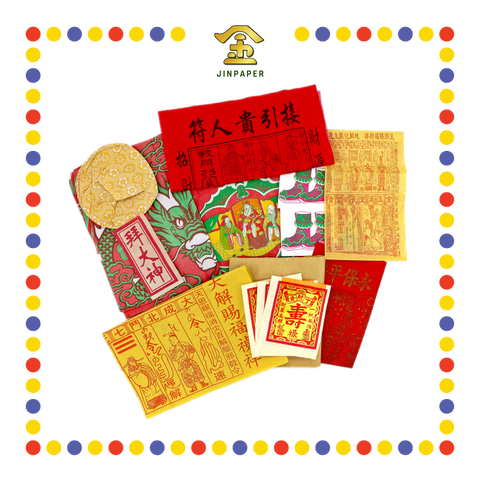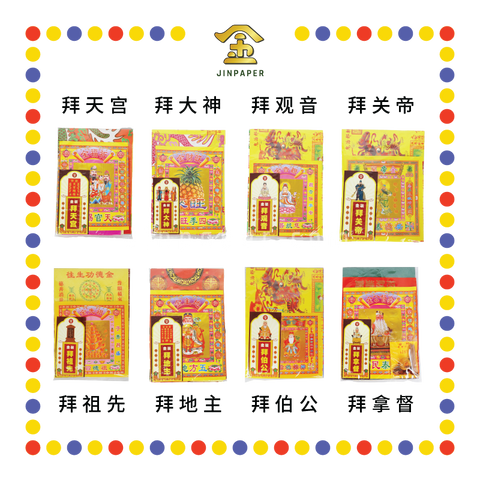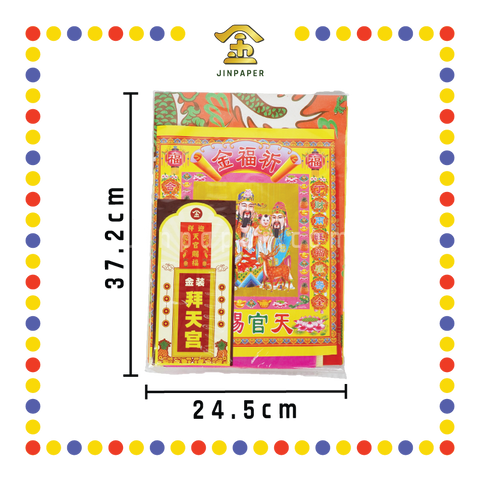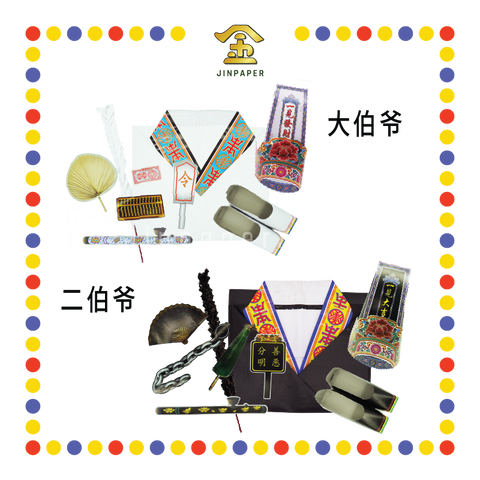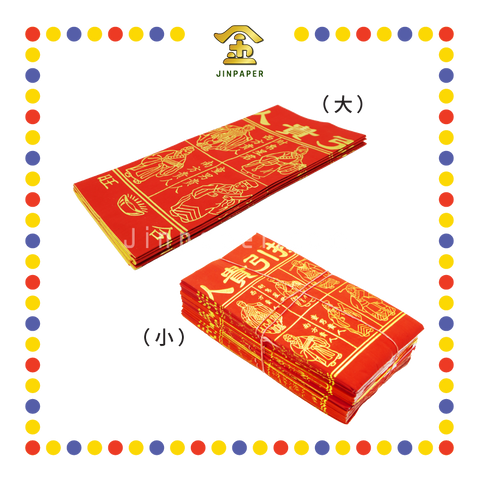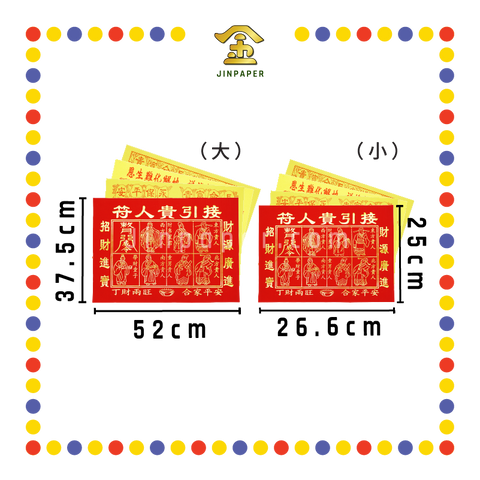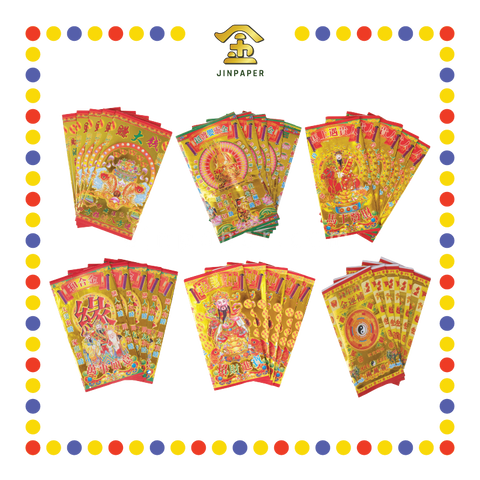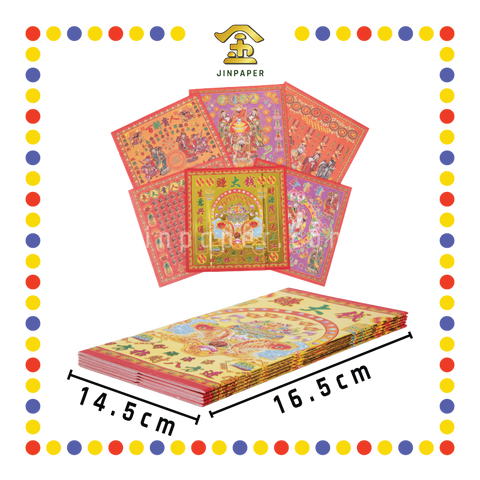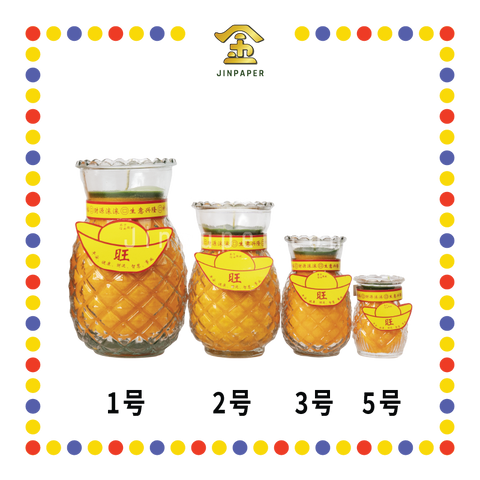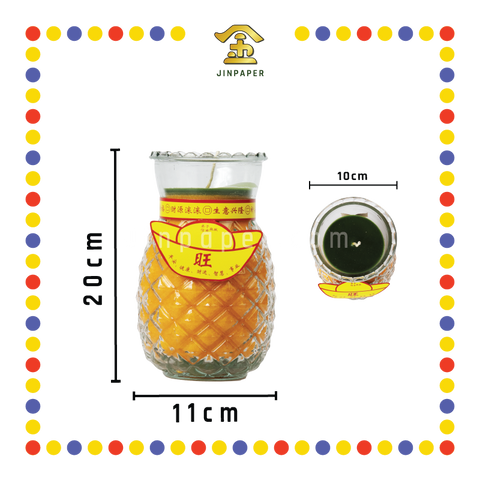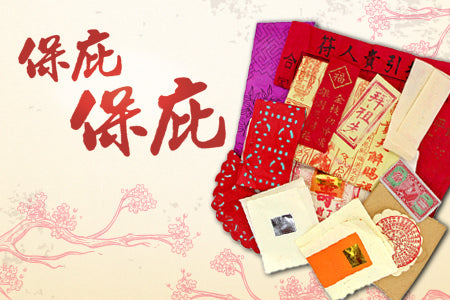Chinese Praying Joss Candle in Malaysia: A Complete Information
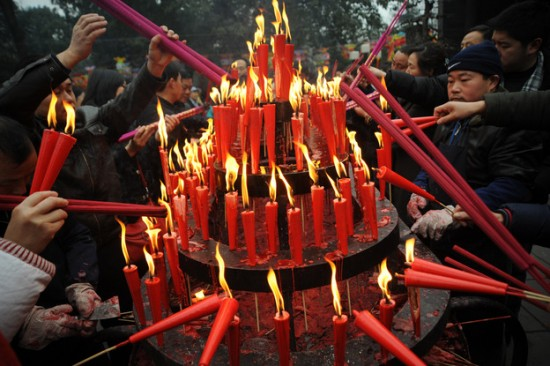
Chinese Praying Joss Candle in Malaysia: A Complete Information
While the notion of prayer in itself is fairly straightforward to even those least informed on the concept of religion, the procedural intricacies within each individual ceremony can be a little complicated, daunting even, to fathom. In many Asian-centric religions, aside from the traditional burning of joss sticks, prayer candles are also often used.
When it comes to many Chinese religions, the use of the joss candle can serve different purposes depending on the ritual, but they are most often seen during major ceremonies like Chinese New Year, Qingming Festival and Hungry Ghost Festival. They can also be found in various forms and sizes. Outside of their function in folk ceremony, these praying candles are made the same as your everyday store-bought candles, consisting of a combustible wick coated with a thick, uniform layer of wax or paraffin.
History of the Chinese Joss Candle
The earliest use of candles can be traced back to ancient Egypt some time around 3000 BC. During this time, joss candle manufacturers would make candles by inserting reeds into melted tallow, or animal fats. This was the main method of producing candles all the way up until the Middle Ages. Based upon archaeological findings, candles became a commodity of China no later than the time of the Eastern Han Dynasty, between 25 to 220 AD.
During the Southern Tang dynasty, at the behest of First Emperor Li Bian, the use of animal fats to form the wax layer of candles was replaced by the seeds of the tallow tree. This led to a drop in manufacturing costs, which inadvertently meant traditional candle factories could produce and sell them at a much cheaper rate. Eventually, with the development of the petroleum refining process in the 19th century, paraffin quickly took over as the more cost-effective material.
Types of Chinese Joss Candles
There are many types of Chinese candles, and more often than not, they can be used in a variety of ways. Whether it’s to celebrate a festive event, or as a sign of respect and memory towards the divine and the departed. Here are some you may be familiar with.
Chinese Praying Joss Candle

Red candles burning in a temple. Source: ColourBox
The Chinese Praying Joss Candle comes in many lengths, and is often seen burning in temples, although some families may see to the burning of the candle within their own homes as well. The candle wick is often coated in a dark red wax, and wrapped with paper inscribed with Chinese sayings for good luck and prosperity.
The Chinese Praying Joss Candle is often burned to show respect to the gods, but it can also be used during memorials as a prayer for the departed, or during the Hungry Ghost Festival, where it is said that the candles help guide the lost souls so that they do not accidentally wander into someone’s house. In Malaysia, Chinese candles are often lit up on the eve or the first morning of the Chinese New Year Festival, as a symbolic gesture to welcome new beginnings.
Chinese Dragon Joss Candle

A pair of dragon and phoenix candles. Source: JinPaper
Intricately designed with a depiction of a coiling dragon, the Chinese Dragon Joss Candle comes in a set, along with the Phoenix Candle (which is naturally portrayed by a majestic phoenix), and is exclusively burned during weddings.
During Guo Da Li, which is where the groom presents his betrothal gifts to the bride’s family, a pair of Dragon Candles and Phoenix Candles are handed over as well. The bride’s family will keep the Dragon Candle, symbolizing the acceptance of the groom into their house, and the Phoenix Candle will be returned to the groom. On the wedding day itself, the groom will then light both Phoenix Candles aflame before setting off to receive the bride. Likewise, the bride will light the Dragon Candles once the groom arrives. This practice serves to show respect to both families’ ancestors and ask for their blessing of the marriage.
Praying Thai Joss Candle

Lighting up candles in a Buddhist temple in Thailand. Source: JinPaper
Much like Malaysia, Buddhism is a heavily practiced religion in Thailand. While customs and offerings differ slightly between the two neighboring nations, the meaning behind them are largely the same. Like the regular Chinese joss candle, Praying Thai Joss Candles come in various lengths, and are often either a dark crimson or yellow in color.
There are no strict regulations on the usage of the Praying Thai Joss Candle, but in Thailand, it is most often observed during Khao Phansa, or the Buddhist Lent. This three-lunar-month period marks a time whereby monks are required to stay within their respective temples for study and meditation. The candles are also kept burning from the beginning of Buddhist Lent right to the very end.
Pineapple Joss Candle

Pineapple candles of various sizes. Source: JinPaper
In Hokkien, pineapple is read as ‘Ong Lai’. Phonetically, ‘Ong’ is similar to the character for fortune or prosperity, whereas ‘Lai’ sounds like the character for coming. As such, pineapples are often seen as a symbol of good luck, inviting wealth and success upon oneself. The candle itself is often seen encased in a rounded clear glass holder with symmetrical protrusions, closely resembling the shape of a pineapple. The body of the candle is also normally made from yellow or orange-colored wax to better mimic the natural hue of a pineapple’s flesh or its skin, topped overhead with a layer of green wax to signify the leaves.
Mostly decorative in nature, the Pineapple Joss Candle is often lit before home altars or shrines, typically during large festive celebrations like Chinese New Year.
Lotus Praying Candle

A lotus prayer candle sits in front of an altar. Source: JinPaper
Like its namesake, the Lotus Candle takes the shape of a lotus flower in full blossom. The lotus flower is a symbol of purity in Buddhism, and thus holds special significance in prayer. While there isn’t a specific celebration for lighting a Lotus Candle, it is generally lit during festivities such as Chinese New Year and the Qing Ming Festival. In Malaysia, Buddhists often see the lighting of Lotus Candles during Wesak as well. Outside of major religious celebrations, it is also fairly common to light one during one’s birthday. It can serve as an act of memorial towards a loved one, or a wish for better health and prosperity for oneself.
Chinese New Year Praying Candle

Lighting Chinese New Year candles in a temple. Source: JinPaper
The Chinese New Year Praying Candle is very much similar to the Chinese Praying Joss Candle. To be more accurate, it is merely differentiated by the type of celebration it is used for. Compared to regular candles, the Chinese New Year Praying Candle often has a long body. And while some Chinese Praying Candles have basic, uniform designs, the Chinese New Year Praying Candle is adorned with different Chinese sayings in bright gold to wish for good fortune, and is usually lit in temples on the eve of Chinese New Year, or the morning of the first day.
Oil Tealight Candle

Red tealight candles. Source: JinPaper
Oil Tealight Candles are often seen at shrines, before a statue of a deity or a plaque with Classical Chinese characters signifying the name of said god. The holder of the candle itself is often made of clear glass, filled with oil, and sometimes water underneath. A cork containing the main candle body is placed in the center of the liquid mixture, with the bottom of the wick submerged within the oil layer. Not so much a symbol of reverence as it is a source of light and fire, it is often just used to light incense sticks for prayer.
Chinese Candle Lamp

Electric candle lamps placed beside a miniature altar. Source: Aliexpress
Much like the Oil Tealight Candle, the Chinese Candle Lamp mainly serves as decoration to altars or shrines instead of holding any significance in prayer rituals. A fully modern contraption in its entirety, the Chinese Candle Lamp is an electric powered lamp that takes the form of traditional chinese candles, from the shape and thickness down to the symbolic red color for prosperity. You may also sometimes find Chinese characters, like the character for Buddha, painted in gold over the candle.
When to burn a Joss Candle?
As mentioned before, the purpose of each candle is as diverse as the shape it comes in. That being said, there are several occasions where the lighting of a candle is mandatory. Here are some you may already know.
Funerals

Candles lit beside flower offerings. Source: Dreamstime
It is not uncommon to find candles being lit during funerals, as it is regarded as a sign of respect towards the dead. The candles lit during wakes are often white and carry no embellishments. Red is considered to be an auspicious color, and as such, it would be seen as highly disrespectful to light the standard red candles.
Ancestor Birthdays and Death Anniversaries

Offerings for a memorial of an ancestor. Source: Wikipedia
During memorial celebrations for departed ancestors or death anniversaries for close kin, families would burn candles and incense, as well as make offerings of food and wine. Because the Chinese hold strongly to the concept of filial piety and loyalty, even in death respect must be given where respect is due. In this case, appeasing the ancestor with ample food offerings, and lighting candles and incense.
Qingming Festival

Candles and incense lit before a tomb, surrounded by food offerings. Source: Here!
Similar to how ancestor birthdays or death anniversaries are celebrated, Qingming, or Tomb-sweeping ceremony, is the official day to clean up the graves of your loved ones. Once again, candles are lit here in the same manner as they would during a death anniversary, and are used to show respect towards the dead.
Hungry Ghost Festival

Makeshift altar by the roadside during Hungry Ghost festival. Source: Chinese American Family
The Hungry Ghost Festival which often falls in August, is said to be the time when the gates of the underworld are opened and spirits are free to wander the land of the living. During this time, one would normally find small altars placed by the roadside or just outside their homes with food offerings and incense. It is said that to prevent spirits from wandering into someone else’s house, candles are lit to show them the way home. These candles are usually the basic red ones, with no lavish designs or chinese characters inscribed upon them.
Chinese New Year

Candles stacked in a temple for visitors to light up their own candles and incense. Source: 10K Blessings Feng-shui
Candles burned during Chinese New Year carry a more auspicious significance behind them, often coming wrapped in paper lined with Chinese sayings for good fortune, written in gold. Usually lit during Chinese New Year eve or the first morning, they are burned to ask for blessings from the divine for the new year. That said, they can be kept burning all throughout Chinese New Year as well.
How to burn a Joss Candle?
There are no specific routines to burning a joss candle. Usually it’s as simple as just lighting it on fire and placing it on a stand or a holder, which is essentially the vessel which holds the candle in place as it burns. In Chinese folk religions, this is usually in the form of candlesticks or clear glass holders. When it comes to candle holders, there are several kinds you should note that require specific candles.
An example is the tealight candle. While the holder itself can come in different shapes and sizes, it is imperative that the oil mixture fills up at least 80-90% of the holder, and that the candle be small enough to fit inside it. Due to the small form factor, the wicks for tealight candles are often made to burn for a long period of time.
You may have also noticed traditional candle stands near Chinese altars as well. This is fairly common in Malaysia, where praying candles are often found in the form of a stick, with a thinner section at the end. The stand, or candlestick, has a wide base followed by a long thin body. The top of the stand has an opening which connects to the hollow inner body of the candlestick, which is where the thin end of the candle goes into. This is so that the candle itself would be upright while burning.
Other candle types like the lotus candle or pineapple candle normally already come with the candle and holder pieced together so it’s fairly straightforward to light up.
Conclusion
It is clear that there are many types of joss candles out there, and they can be used during numerous occasions, but one can also light them during daily prayers. The significance of a candle can carry different symbolic meaning depending on the event, and we hope that this article has helped you realize which candles would be suitable for your personal use.
If you would like to see some of the best quality joss candles Malaysia has to offer, check out the selections we have for you at JinPaper, the foremost joss candle supplier in Malaysia! Finally, if we’ve missed out anything you’d like us to cover, let us know in the comments!
